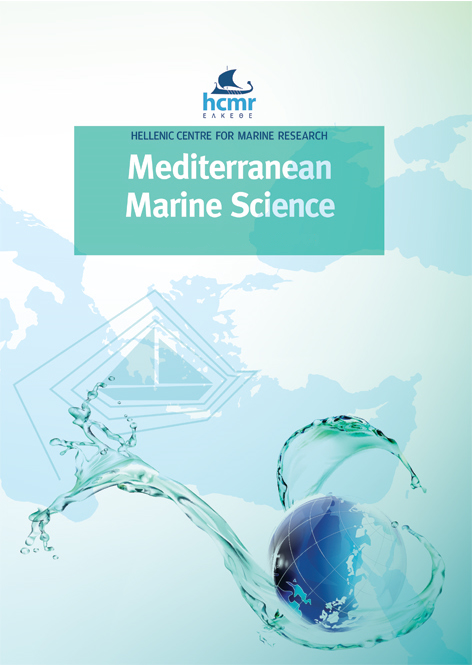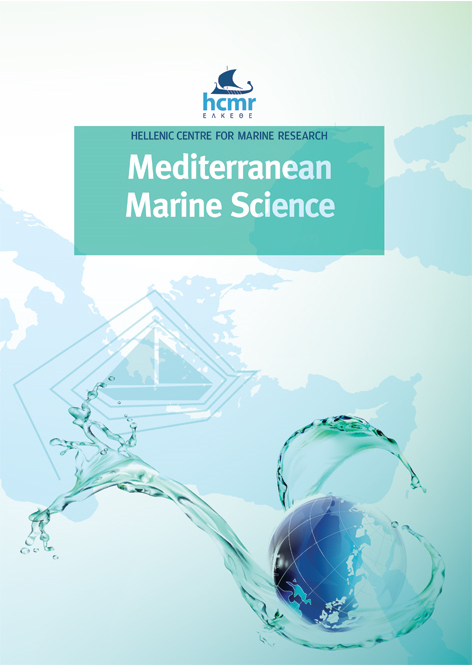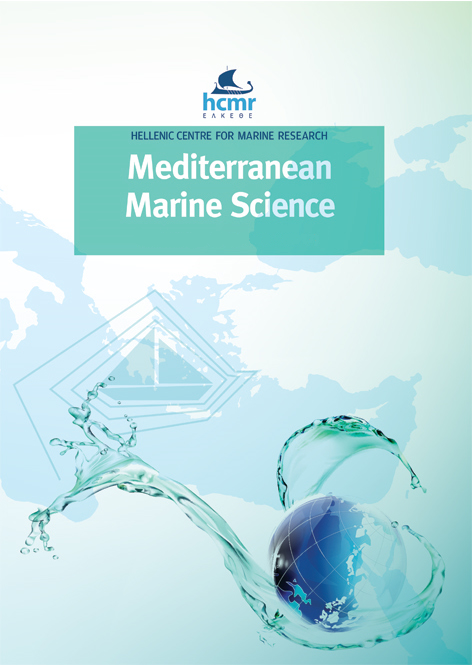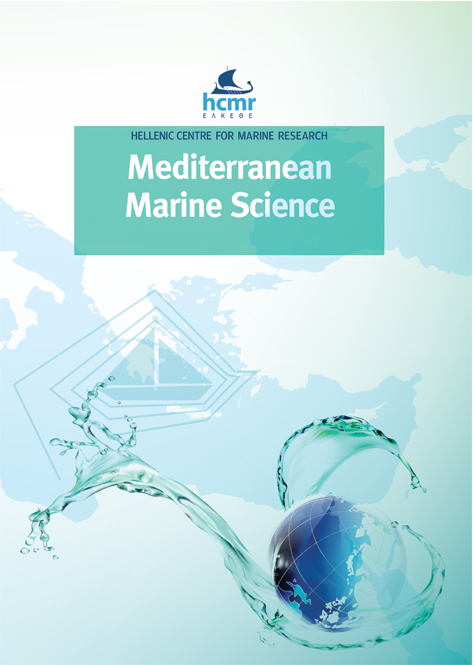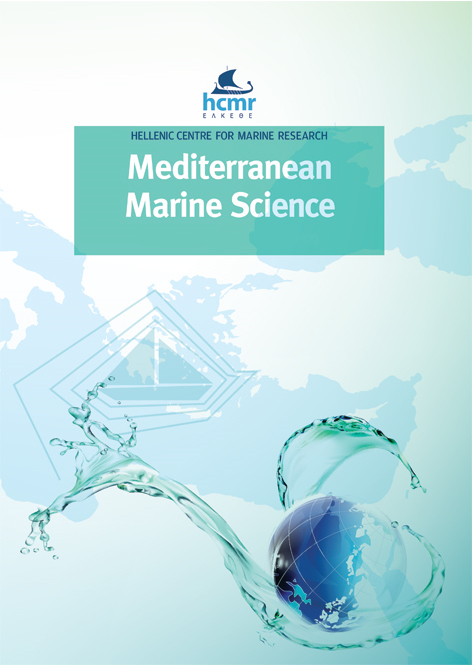Spread of the non-indigenous ascidian Aplidium accarense (Millar, 1953) in the Eastern Mediterranean Sea: morphological and molecular tools for an accurate identification
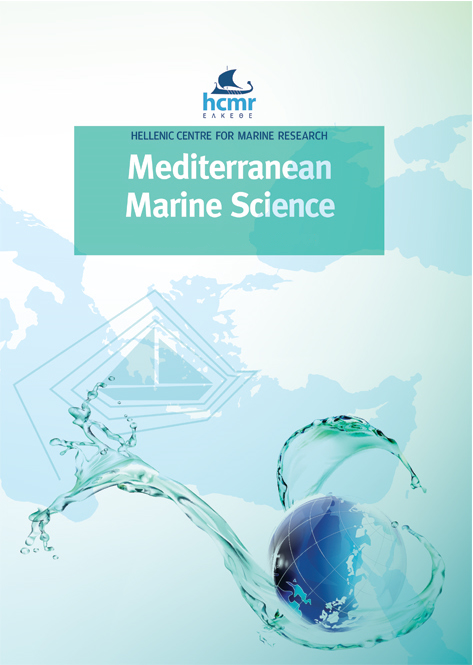
Abstract
The aplousobranch ascidian Aplidium accarense (Millar, 1953) was first described on the western coast of Africa, where it is considered native. Afterwards, this species was introduced along south-American Atlantic coasts, where it affected local shellfish farms through a massive colonization of both natural and artificial substrata. Aplidium accarense has been recently reported along Catalan coasts and in the Tyrrhenian Seas (Western Mediterranean) where it represents a non-indigenous species, only recorded in harbours and aquaculture farms thus far. These Mediterranean records support the hypothesis that A. accarense is currently expanding within the basin, representing a potential invasive species. In this study, several colonies of A. accarense were found for the first time on artificial substrata within the semi-enclosed basin of the Mar Piccolo of Taranto (Italy, Ionian Sea), in the Eastern Mediterranean. Here we provide an updated description of A. accarense combining both morphological and molecular approaches, in order to allow an accurate and reliable identification of this expanding species. Comparing the morphology of the specimens collected from Taranto with the previous descriptions, a slight intra-specific variability has been noticed. Therefore, we provide detailed comparisons of the specimens found in Taranto with all the other A. accarense sampled in other areas of the world, in order to highlight the intra-species variability. The correct identification of a potentially-dangerous species such as A. accarense, represents a needed step for environmental monitoring purposes and for implementing management strategies to mitigate the effects of non-indigenous species on natural ecosystems and human activities.
Article Details
- How to Cite
-
MONTESANTO, F., CHIMIENTI, G., GISSI, C., & MASTROTOTARO, F. (2021). Spread of the non-indigenous ascidian Aplidium accarense (Millar, 1953) in the Eastern Mediterranean Sea: morphological and molecular tools for an accurate identification. Mediterranean Marine Science, 22(2), 246–254. https://doi.org/10.12681/mms.24887
- Issue
- Vol. 22 No. 2 (2021)
- Section
- Research Article
Authors who publish with this journal agree to the following terms:
- Authors retain copyright and grant the journal right of first publication with the work simultaneously licensed under a Creative Commons Attribution Non-Commercial License that allows others to share the work with an acknowledgement of the work's authorship and initial publication in this journal.
- Authors are able to enter into separate, additional contractual arrangements for the non-exclusive distribution of the journal's published version of the work (e.g. post it to an institutional repository or publish it in a book), with an acknowledgement of its initial publication in this journal.
- Authors are permitted and encouraged to post their work online (preferably in institutional repositories or on their website) prior to and during the submission process, as it can lead to productive exchanges, as well as earlier and greater citation of published work (See The Effect of Open Access).





